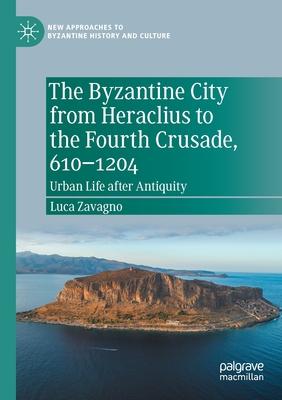This book explores the Byzantine city and the changes it went through from 610 to 1204. Throughout this period, cities were always the centers of political and social life for both secular and religious authorities, and, furthermore, the focus of the economic interests of local landowning elites.
This book therefore examines the regional and subregional trajectories in the urban function, landscape, structure and fabric of Byzantium's cities, synthesizing the most cutting-edge archaeological excavations, the results of analyses of material culture (including ceramics, coins, and seals) and a reassessment of the documentary and hagiographical sources. The transformation the Byzantine urban landscape underwent from the seventh to thirteenth centuries can afford us a better grasp of changes to the Byzantine central and provincial administrative apparatus; their fiscal machinery, military institutions, socio-economic structures and religious organization. This book will be of interest to students and researchers of the history, archaeology and architecture of Byzantium.
